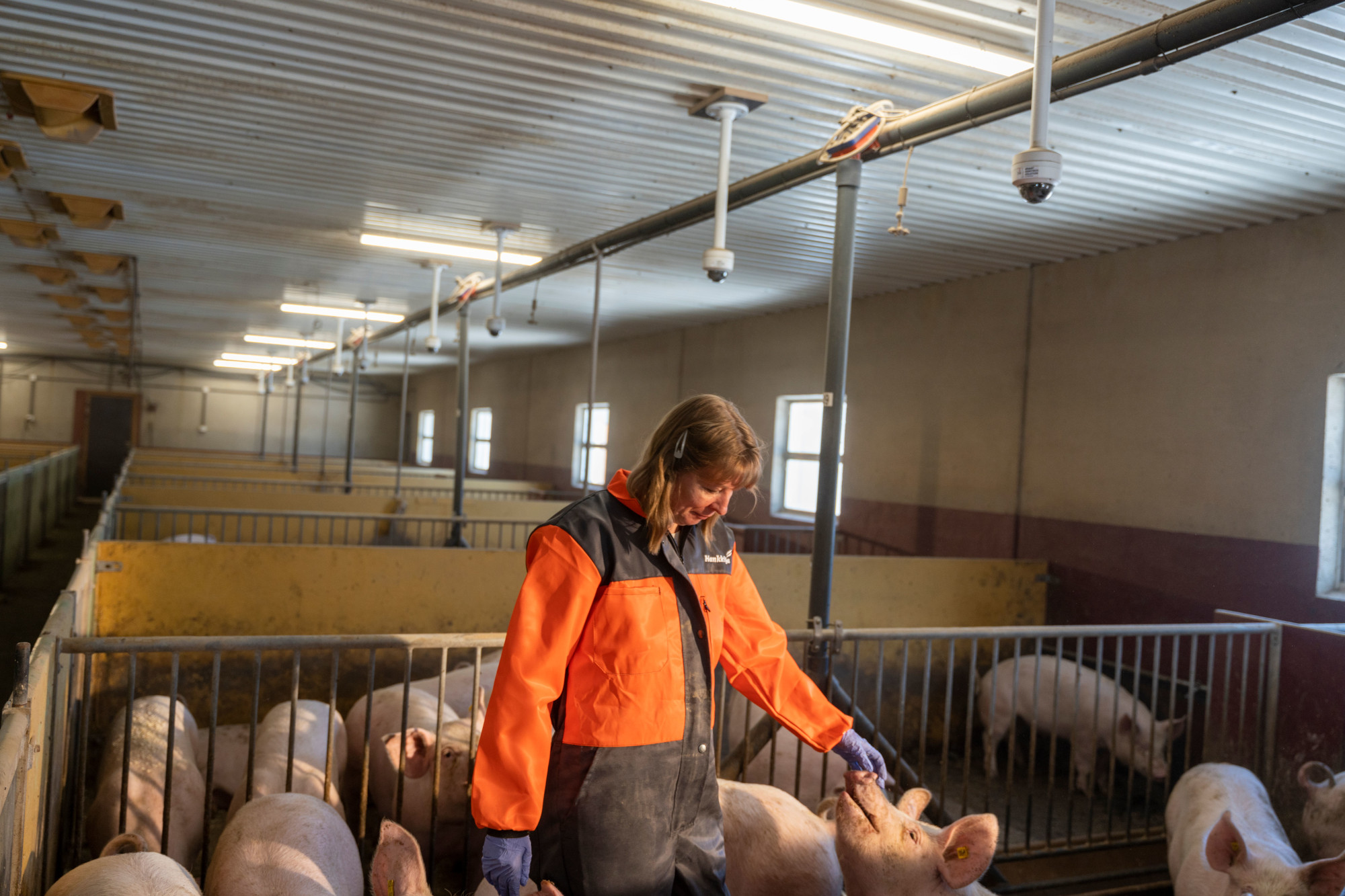Adopting Digital Technologies by Farmers
Improving the technology adoption on farms by developing advisory services and support features that help end-users to get greater benefits from and quicker implementation of digital technologies.

Concept
Digital technologies offer great possibilities to improve agriculture’s cost and resource efficiency, whilst reducing its environmental impact. To ensure that farmers fully understand how to use the different functions and data delivered by the innovations, this Flagship Innovation Experiment (FIE) bridges parts of the existing gap between farmers and AgTech companies by enhancing the technology adoption at the farm level. The participating stakeholders received support in identifying services with a user-centred approach that helps the farmer to get greater benefits and quicker implementation of the digital solution, by better understanding how to use the functions and the data provided. The FIE focuses on technologies aimed at the sustainable intensification of livestock and arable farming.
For livestock farming: Advisory services, instructive films and an end-user interface were developed for the digital solution "Pigxcel". The solution is weighing pigs automatically using camera technology and AI for a consistent and more accurate finishing weight.
For the arable sector: Digital upgrades of existing farm machinery and products were developed, to achieve precision agriculture. With its holistic approach, this FIE also ensures agricultural advisors’ contribution to the adoption of digital technologies.
Implementation
"Pigxcel" was implemented and tested on two farms in Sweden within the project. Additional four were implemented on farms in Norway, Finland, Australia and Mexico. To support a quicker implementation of the system on a farm level two instructive films, the front-end application and advisory services were developed.
Based on the lessons learned from the installations several adjustments and refining of the development were done. The weighting algorithm, which interprets the images, was trimmed to reach a result within +/- 2,0 kg (average weight). This is still under evaluation in the test farms. We could confirm that there is a real added value for the farmer, with lower feed and staff costs when manual weighing is eliminated. By more optimal feed planning and better follow-up on animal growth, the farmer can achieve a better sales price. Automatic weighing means no stress for the pig, unaware of the procedure. It also means healthier pigs. A healthy pig is a profitable pig.
For Pigxcel, the discussion is now about how to further integrate feed optimizing software and the next steps in the meat value chain for best planning and logistics.
The digital upgrades for farm machinery were implemented in Denmark, on 3 different farms. The first step was to review the farmer's machinery, their management and company structure. Secondly, we needed to identify which digital technologies would provide the most value for the farmers involved. Thirdly, we would perform a digital upgrade of existing farm machinery owned by participating farmers. The solution was developed in close collaboration with the farmer. We clarified their needs, and what would be the end goal, we followed up during implementation and evaluate immediately after fieldwork and after the season. The main objective was to deliver a standardized tool for SMEs, to help them support farmers and farm advisors in implementing digital solutions for precision agriculture.
For the digital upgrades, the result from the early workshops was the identification of what information the farmers and advisors should have in order to develop a user-friendly support concept for upgrading the digital upgrade of machinery. Also, to identify what barriers are blocking the farmers from using more technical equipment.
Lessons Learnt
Technology for precision agriculture might be already available on the farm, but is not fully utilized. During the implementation phase, we discovered that many devices owned by the farmers already have GPS features in their machinery, but they can be neglected either because they do not work properly, or because only 1 employee knows how to use them. However, if the farmer gets guidance and support from the start, it is most likely that they will join the process.
Farm advisors are often lacking time to discuss new technology. On the other hand, service providers are often focused on the technical challenges and skip the input of the farmers, which could be crucial at an early stage of product development. By getting farm advisors on board at an early stage of development, service providers can gain precious ambassadors for their technology. It is also important that the sales representative for agricultural machinery explains all features of the equipment, to ensure that the farmer is aware of them.
.

